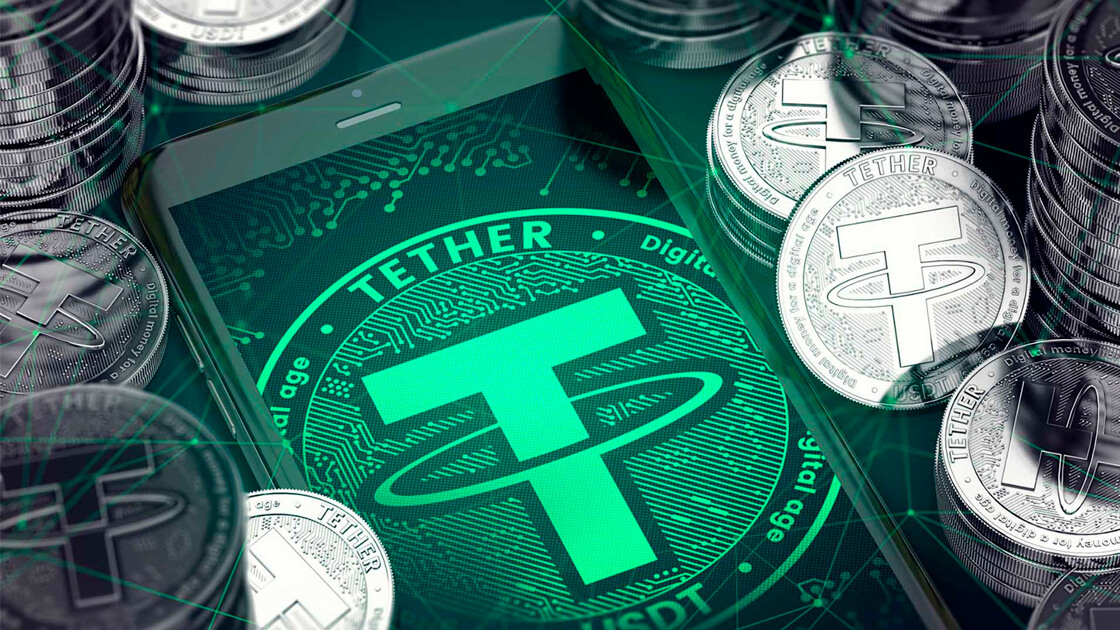The darkest corner of the crypto market is becoming murkier.
Related: Burger King Venezuela now accepts crypto payments
A controversial token Tether which is being a means for trading coins on the majority of the crypto exchanges all over the world now serves as a conduit for transactions on a spate of new blockchains, the distributed digital ledgers that underpin the digital assets.
The movement from platforms like Ethereum and Bitcoin can make it even more difficult for investors to track transactions, going toward one of the key positions championed by crypto advocates since the advent of the self-styled alternatives to money a decade ago.
Co-founder of digital assets analytics provider Blockspur Edwin Ong said that Tether has historically enjoyed obfuscation and it’s clear that their being on different blockchains will make it harder to understand what’s going on.
Tether is a stablecoin. They’re used as a type of liquidity pool because lingering affairs with money laundering and other unlawful uses have made it difficult for exchanges to stabilise banking services. On July 29, USDT joined the Liquid Network, a sidechain to Bitcoin that is adopted by exchanges and market makers to complete transactions. The token joined Tron in March, and in May, it said it would debut on EOS -- networks that numerous existing analytics corporations don’t yet track. It’s also available on Algorand blockchain.
Some blockchain privacy points could make it more difficult to independently analyze Tether’s actions. Liquid’s confidentiality features, for instance, mask the kind of coins sent, so it won’t be possible to tell if the coin is USDT or BTC.






